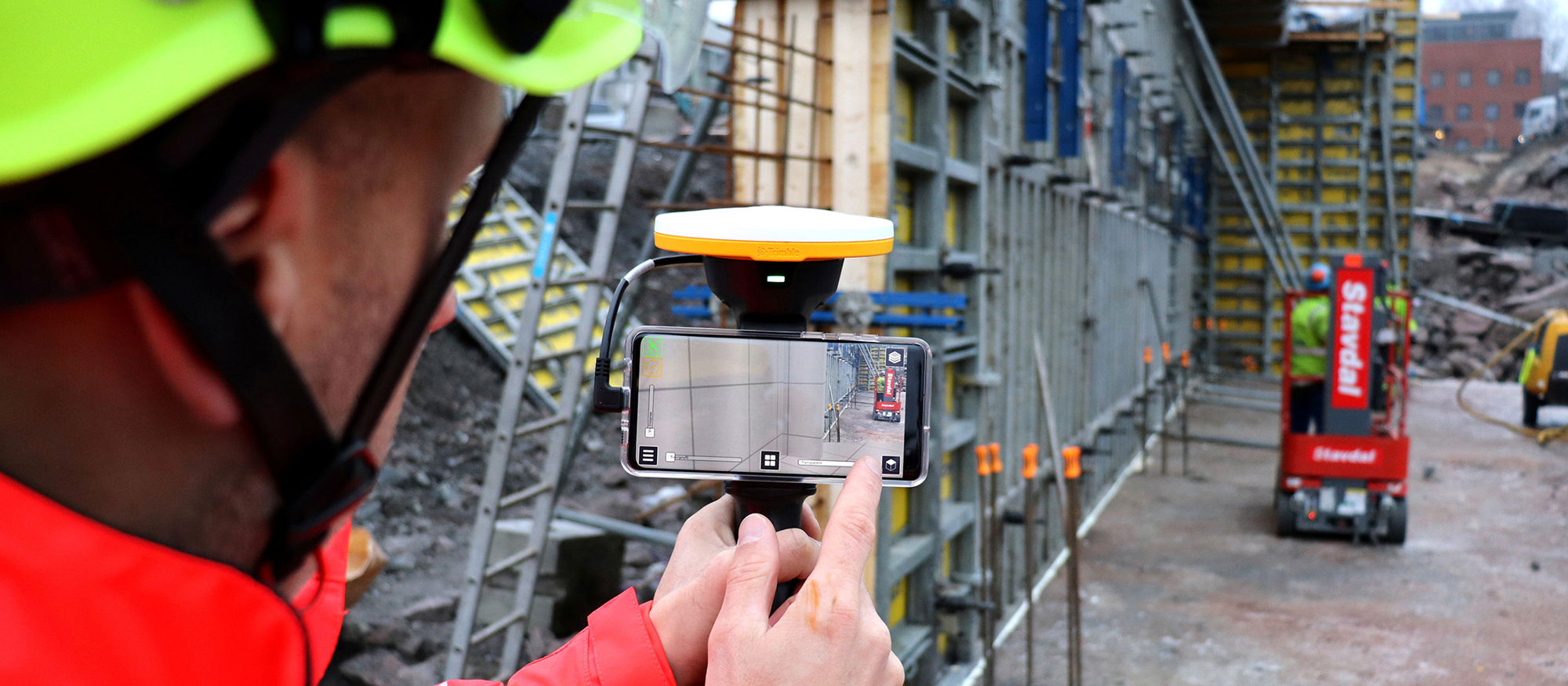Our projects are arenas for innovation
Our projects are our primary arena for renewal and development. New technology makes us capable of developing new products, services or production processes, benefiting both customers and the industry. The sum of our experiences is transferred to other projects, as well as to collective development projects. This is what we refer to as continuous improvement.
We work together with customers and suppliers on developing new approaches and methodologies in order to resolve challenges and harness the power and opportunities opened up to us by digitalisation.
Digitalisation and the environment
We work with information flow throughout the value chain. Often over a life cycle perspective in environmentally certified construction projects. Using open digital standards provides fantastic opportunities to resolve some of the challenges in the project and product lifecycle.
We are involved in buildingSmart (Norway) and the BIM alliance (Sweden), and participate in a number of joint industry initiatives such as:
- CIFE Stanford: Virtual Design and Construction (VDC)
- International Group of LEAN Construction (IGLC)
- Contractors Association – Building and Construction EBA
- IQ Samhällsbyggnad and PropTech Sweden
A life cycle analysis (LCA) is a way of obtaining an overview and documenting carbon footprints that include the entire value chain. BIM models provide us with a more accurate view when calculating greenhouse gas accounts.
Using the right perspectives in the calculation models (BIM) reduces the chances of relocating an environmental challenge elsewhere.
Standardisation and prefabrication
Every project is unique and involves its own particular challenges and opportunities. That is why we work with specialisation and standardisation of our construction processes. This involves using what we refer to as best practices, which focus on:
- the physical product that we build
- plans and processes in the development and implementation of a project
- learning and sharing between projects
- Performance metrics through KPIs (key performance indicators)
Technology makes it possible to “build digitally” before we build physically. This helps to reduce the number of building errors made and ensure that production data is coordinated across disciplines when production of the physical structure commences.
We are always on the lookout for cost savings in prefabrication and manufacturing, and hence aim to minimise residual waste.
Robotics
Robotics are used widely in the construction industry, and at Veidekke. It is possible to automate more and more tasks by using machines. This will trigger a shift in the competence needed by our skilled workers going forward.
Humans and robots working together will make our skilled workers more crucial than ever. Knowing how we should build and the ability to manage and control robots will undergo further development.
Lean construction
We have been developing our very own LEAN concept for more than fifteen years. This is something that we call “Lean construction”.
This concept is a form of work which aims to reduce lost time, waste and risk, while also creating the best conditions for healthy production that maintains a good flow. This concept is a previous winner of the construction industry’s innovation award and is built up around five main elements:
- Planning system
- Meeting structure
- Division of duties
- Constraint analysis
- Risk management



